
In late May, many of us look forward to seeing social media posts about the Chelsea Flower Show. The timing of this event is a reminder that there are many perennials that benefit from a late spring cutback, commonly known as the “Chelsea chop.” Many perennials that bloom in midsummer, late summer, or fall can be pinched or cut back early in the season to increase flower production, limit plant size, extend or delay bloom time, create novel flower combinations, and minimize flopping or lodging. While the chop is generally timed to coincide with the famous flower show, it’s more important to time the trimming for a point when a significant amount of vegetative growth has occurred. For the Mid-Atlantic region, this can be any time from midspring to early summer.
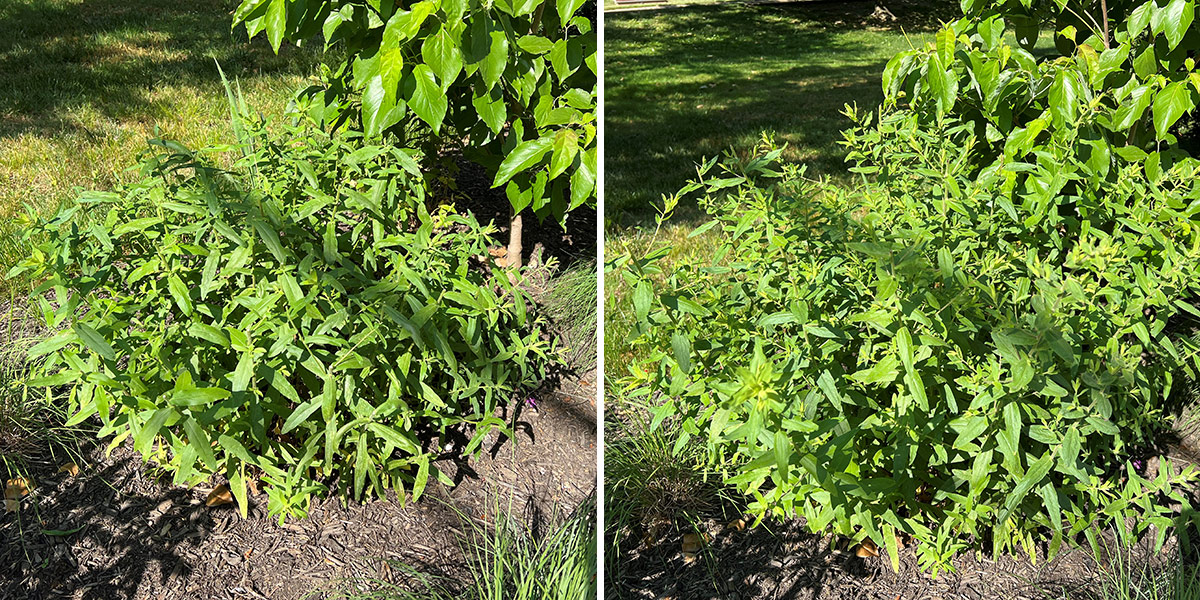
A few of the herbaceous perennials that can benefit from having one-third to one-half of the vegetative growth cut back in late spring to early summer include:
- Perennial sunflowers (Helianthus spp. and cvs., Zones 4–9)
- Bee balm (Monarda spp. and cvs., Zones 4–9)
- Garden phlox (Phlox paniculata and cvs., Zones 4–9)
- Bellflower (Campanula spp. and cvs., Zones 4–9)
- Aster (Symphyotrichum spp. and cvs., Zones 4–8)
- Upright sedum (Hylotelephium spp. and cvs., Zones 3–7)
- Sneezeweed (Helenium spp. and cvs., Zones 3–8)
- Goldenrod (Solidago spp. and cvs., Zones 3–9)
- Garden mum (Chrysanthemum spp. and cvs., Zones 5–9)
- Toad lily (Tricyrtus spp. and cvs., Zones 5–9)
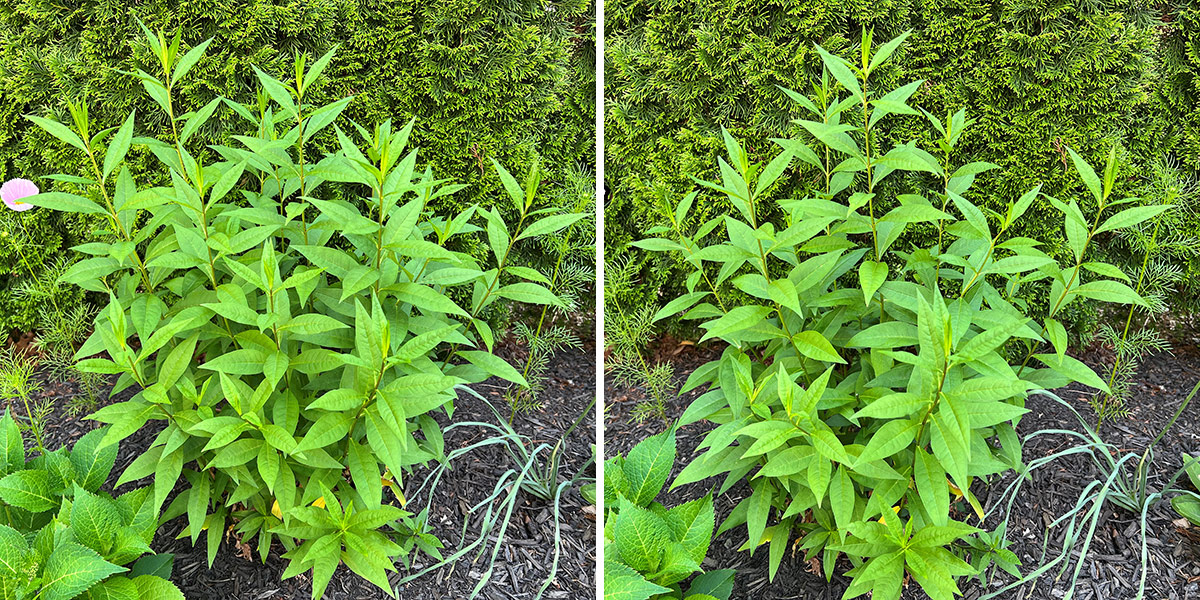
How does a late-spring cutback affect the plant?
As most plants grow, the tallest stems produce hormones that suppress dormant buds lower on the stem from growing, a phenomenon called apical dominance. When the top of the stem is removed, dormant buds at each remaining leaf axis are stimulated to produce multiple side shoots and an abundance of slightly smaller flowers. Because of the delay in the development of flower buds, you can expect flowers from side shoots to open two to three weeks later than the plant’s normal bloom time. This can result in unique combinations that would not normally be seen if the plants were allowed to grow unaltered.
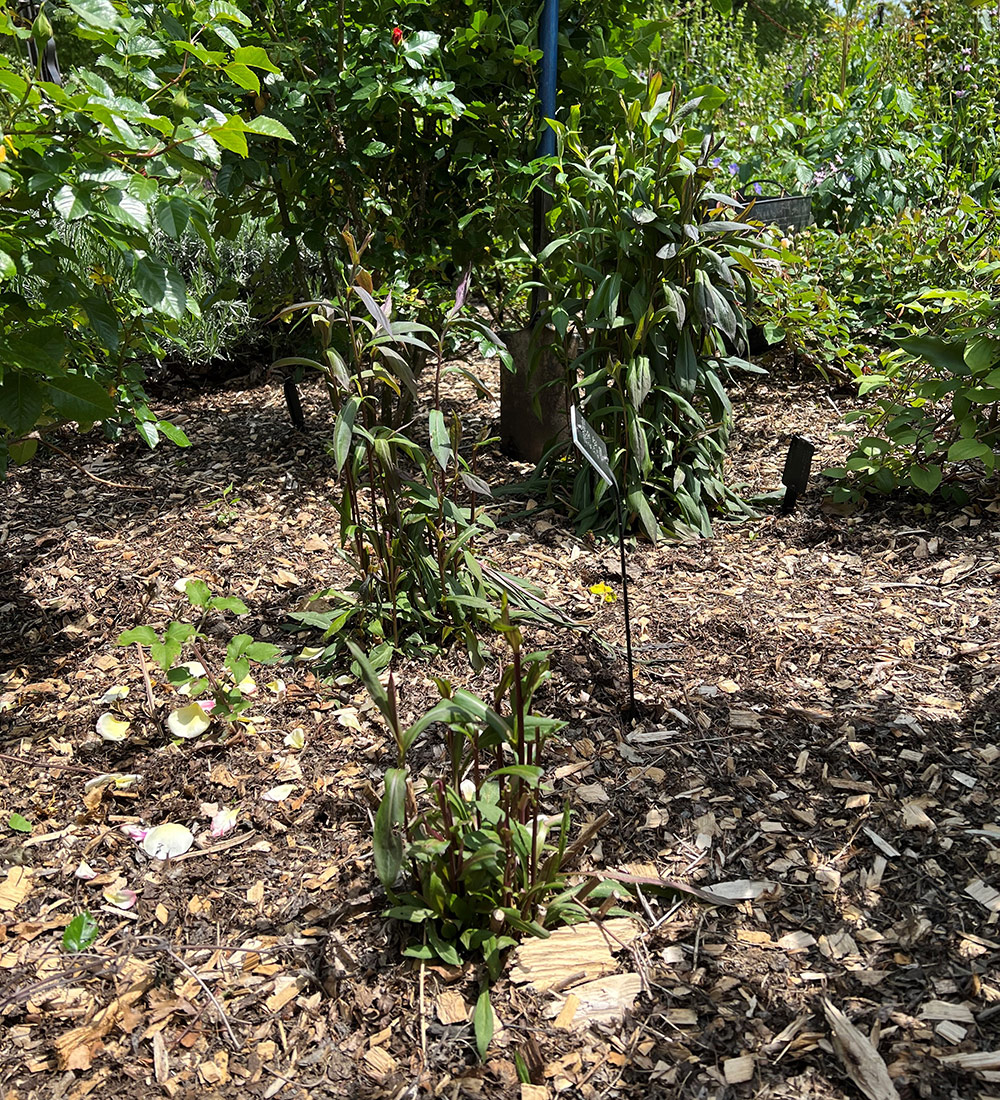
An alternative technique that will extend a plant’s bloom period involves cutting back about half of the stems, distributed evenly throughout the plant. The uncut stems will bloom at the normal time, and the trimmed stems will be delayed by a few weeks.
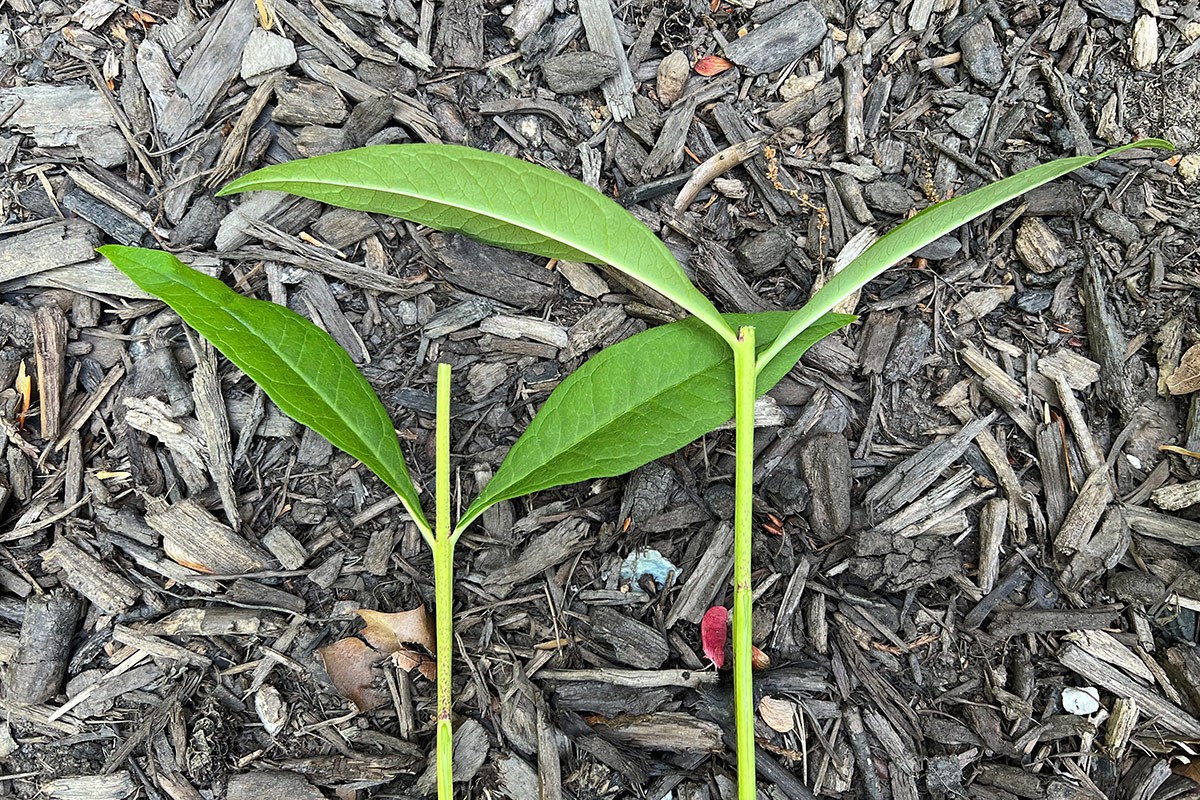
It is best to cut back stems as close to the leaf axis or node as possible to eliminate the unsightly stumps that would be visible for several days while dormant buds break dormancy and grow. However, if cuts are made too close to a leaf axis, dormant buds may be damaged. If you are concerned about damaging the dormant bud, make your cut about half an inch above the leaf axis.
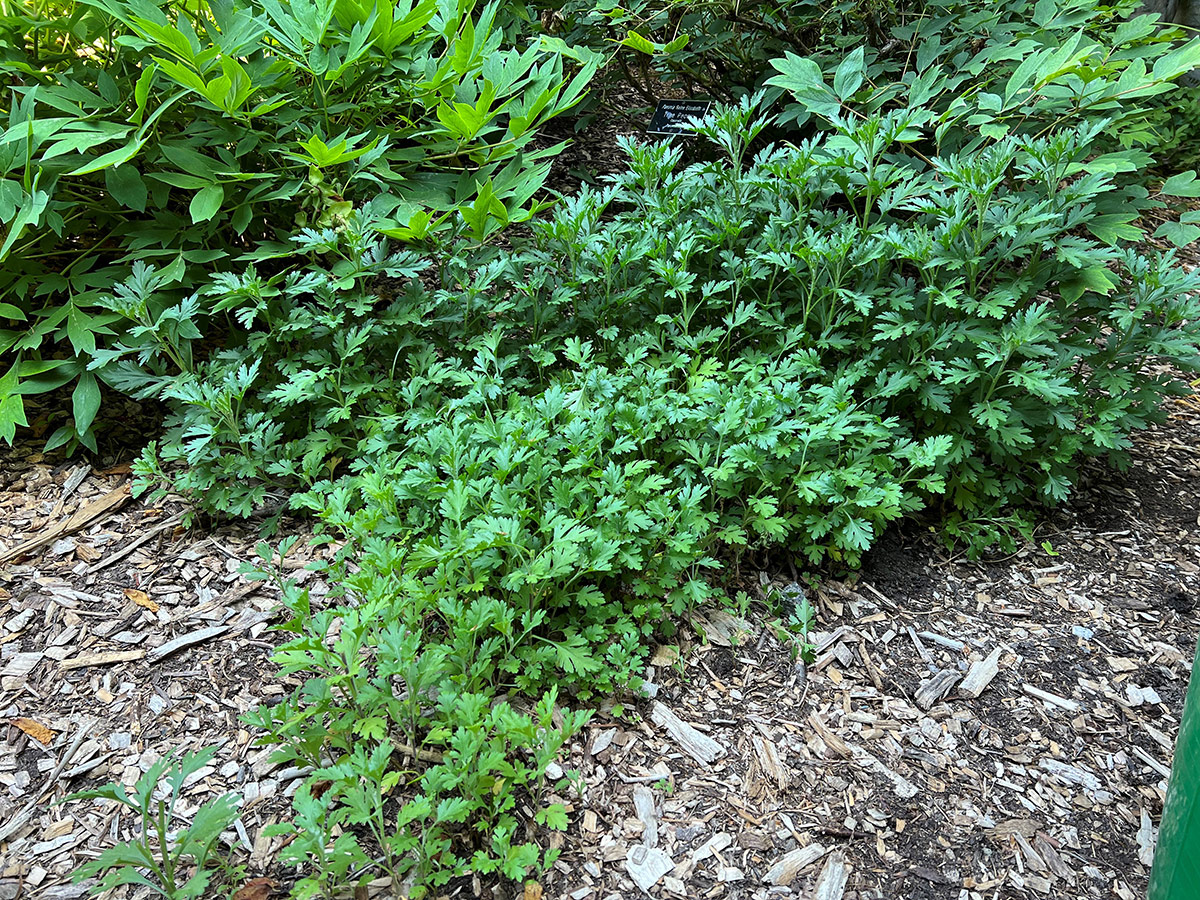
Tip: As with most pruning, cuts made to a plant that is under stress can cause shock. In the weeks before the chop, be sure to provide the plants with adequate water and nutrients.
This technique is a great way to experiment and create interesting effects and combinations. I encourage you to have fun and give it a try.
For more information about plants that benefit from being cut back, check out these articles:
—Adam Glas is a garden supervisor and rosarian at the Scott Arboretum of Swarthmore College in Swarthmore, Pennsylvania.
Photos: Adam Glas





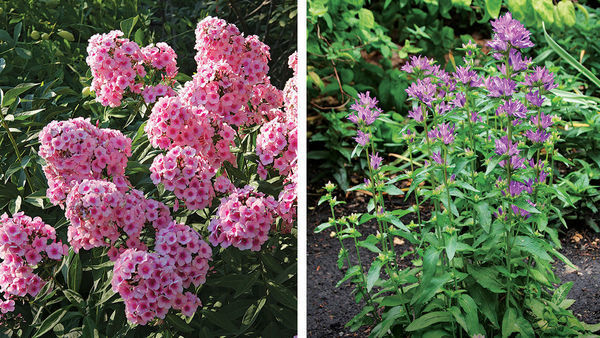












Comments
Log in or create an account to post a comment.
Sign up Log in